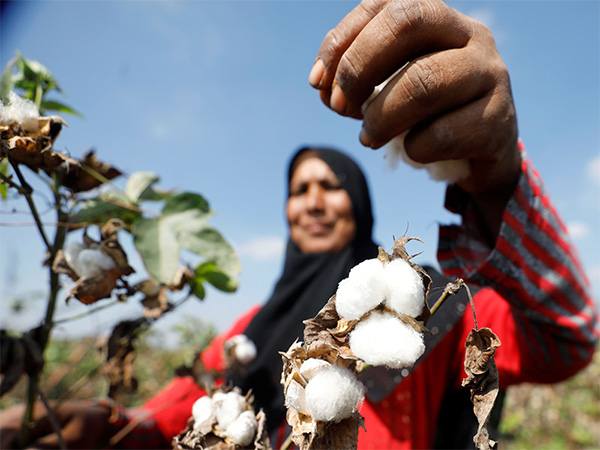Pakistan's Cotton Crisis: Production Plummets Amid Controversial Data Discrepancies
Pakistan faces a 30% drop in cotton yields this year, predominantly driven by a drastic decline in Sindh's output. Contrasting reports exist between industry data and government findings, complicating the situation. New moisture policies aim to mitigate losses as rain impacts quality, causing financial strain on ginning factories.

- Country:
- Pakistan
Pakistan's cotton production has suffered a 30% setback compared to the same period last year, with merely 594,000 bales reaching ginning factories by July 31. This highlights a serious 47% plunge in Sindh's output, though Punjab experienced a modest uptick, according to the Pakistan Cotton Ginners Association (PCGA).
Discrepancies add complexity to the data narrative: the PCGA reported 301,000 bales in Punjab, whereas the Punjab Agriculture Department's Crop Reporting Service claimed the region produced 609,000 bales, marking an astounding 100% increase over PCGA's figures. Despite this discord, 99,000 bales remain for sale, with textile mills having acquired 529,000 bales, as reported by Dawn.
Currently, Punjab operates 114 ginning factories, and Sindh runs 154. However, recent heavy rains have impaired cotton quality, affecting lint. This has resulted in lesser interest from textile mill owners in purchasing the product, inflicting significant financial losses on the ginning factories. Moreover, many factories are now ceasing operations, threatening to further depress cotton prices, per Cotton Ginners Forum Chairman Ihsan-ul-Haq. To counter these challenges, the PCGA has instituted a new cotton moisture policy as of August 1.
(With inputs from agencies.)










